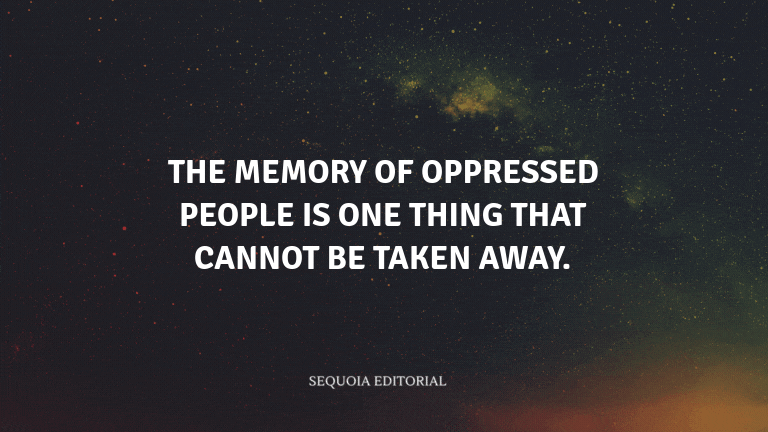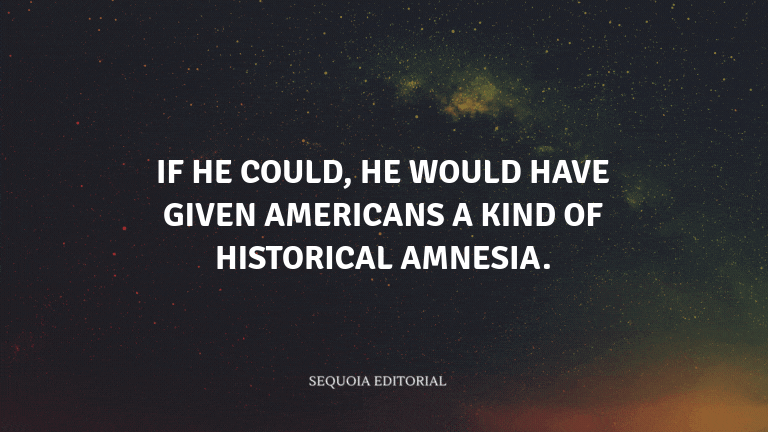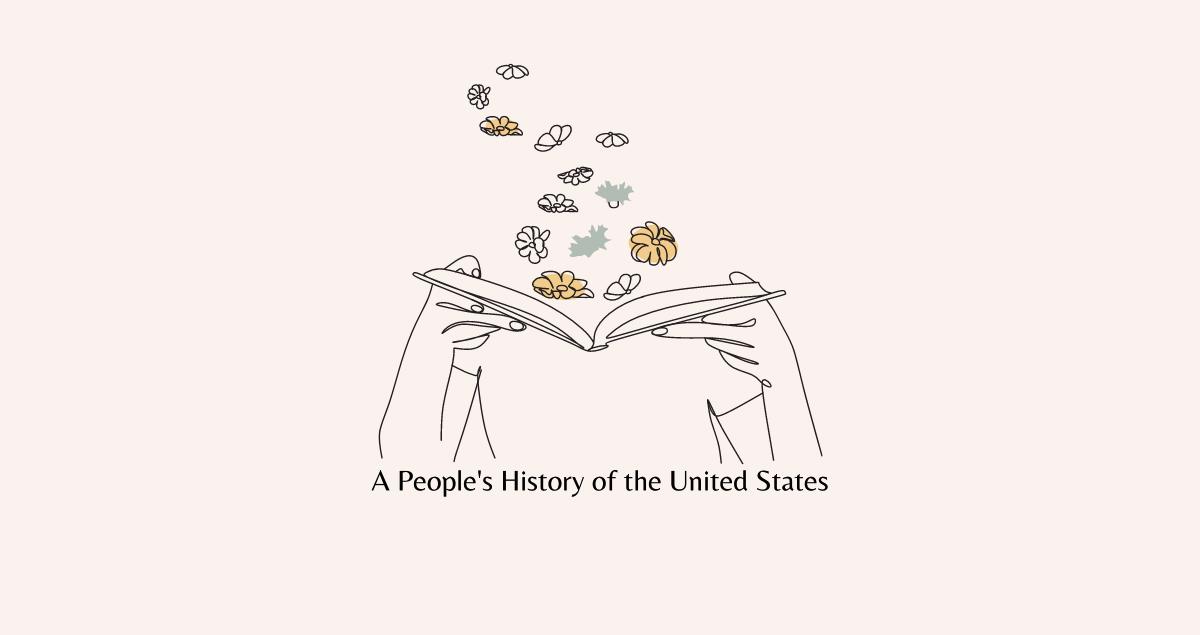A People's History Of The United States is about the history of the United States, from the perspective of the common people rather than the elites. It addresses the impact of capitalism and the pursuit of power on the lives of ordinary citizens, exploring events such as the American Revolution, the Civil War, and the struggles of workers, women, and minorities.
Table of Content
A People's History Of The United States Book Summary
The book starts by challenging traditional historical narratives, delving into the arrival of Christopher Columbus and the subsequent impact on the Indigenous peoples of the Americas. It then moves through the colonial period, examining the conflicts between colonists and native populations, and the influence of European powers.
As it progresses, the narrative shifts to the Revolutionary War and the establishment of the United States. It highlights the economic and social disparities among the country's inhabitants and how these inequalities have persisted over time.
The Civil War era is analyzed through the lens of class struggle and the effects of slavery on the nation. The book provides a detailed account of the war itself as well as the political and social upheaval it caused.
Following the Civil War, the focus turns to the enduring struggle for equality, with particular attention to the labor movement of the late 19th and early 20th centuries. The book examines the rise of industrialization and its impact on workers.
Women's rights and the suffrage movement are given due attention, with the narratives of key figures such as Elizabeth Cady Stanton and Susan B. Anthony providing insight into the challenges faced by women throughout U.S. history.
The United States' involvement in global conflicts, such as World War I and World War II, is discussed in terms of their domestic repercussions and the continued exploitation of marginalized groups.
The post-World War II period is marked by the Cold War, and the book explores the fear-driven political climate that led to McCarthyism and the suppression of dissent.
The Civil Rights Movement of the 1960s is depicted as a pivotal moment in the ongoing struggle for racial equality, with a focus on the grassroots efforts and the resistance faced by activists.
The final chapters bring the narrative to the present, examining contemporary issues such as the War on Terror, the erosion of civil liberties, and the persistence of economic inequality.
Throughout the book, the emphasis is on the overlooked contributions and sufferings of ordinary people. Their resistance, both overt and subtle, is a recurring theme.
King versus commoners, and the constant struggle for power and equality, frame the nation's history. The book challenges readers to consider who truly shapes a country's destiny and how the past continues to reverberate in the present.
It concludes with a call to engage critically with history and to recognize the enduring legacy of struggle and hope that has defined the United States.
A People's History Of The United States Quotes
- The memory of oppressed people is one thing that cannot be taken away.

- If he could, he would have given Americans a kind of historical amnesia.

A People's History Of The United States Ending Explained
At the end of A People's History Of The United States, the narrative does not offer a traditional conclusion. Instead, it invites reflection on the ongoing impact of historical events.
Readers are left with a sense of the interconnectedness of the past and present, with the book's final chapters serving as a call to action rather than a resolution. The struggles and achievements of the common people are underscored as essential elements of the nation's narrative.
The book's ending stands as a reminder that history is continuous and that each individual has the potential to shape the future through their actions and understanding of the past.
Characters in book A People's History Of The United States
- Howard Zinn: The author of the book, a historian who focuses on the experiences of ordinary Americans throughout history.
- Christopher Columbus: The explorer whose arrival in the Americas changed the course of history and serves as a pivotal figure in the book.
- Abraham Lincoln: The 16th President of the United States during the Civil War, whose policies are examined in the context of their effects on the common people.
- Elizabeth Cady Stanton: A prominent figure in the women's suffrage movement whose work is highlighted.
- Fredrick Douglass: An influential African American abolitionist and writer whose life and work are discussed.
- John Brown: An abolitionist who believed in armed insurrection and who is remembered for his raid on Harpers Ferry.
Key Lessons
- Question the Narrative: History is often told from the perspective of the powerful. It's important to critically examine traditional narratives and seek out the perspectives of the marginalized and oppressed.
- Understand the Impact: Economic and political decisions have profound and lasting effects on the lives of ordinary people. Understanding these repercussions is vital to shaping a just society.
- Recognize Resistance: Throughout history, people have resisted injustice in various ways. Recognizing and learning from this resistance is crucial for social progress.
My Personal Opinion
Is A People's History Of The United States worth reading? Totally! I found it to be an eye-opening exploration of U.S. history from the standpoint of the often unacknowledged majority. Its challenge to traditional narratives is refreshing and important.
I appreciated the in-depth look at historical events and the inclusion of voices typically left out of mainstream histories. However, I did find some sections to be quite dense, which may be overwhelming for readers unfamiliar with historical and political terminology.
I would recommend this book to anyone interested in a comprehensive and thought-provoking view of American history. It is particularly compelling for those who want to develop a deeper understanding of the ongoing struggles for social justice in the United States.

